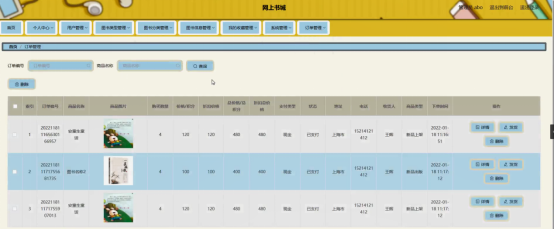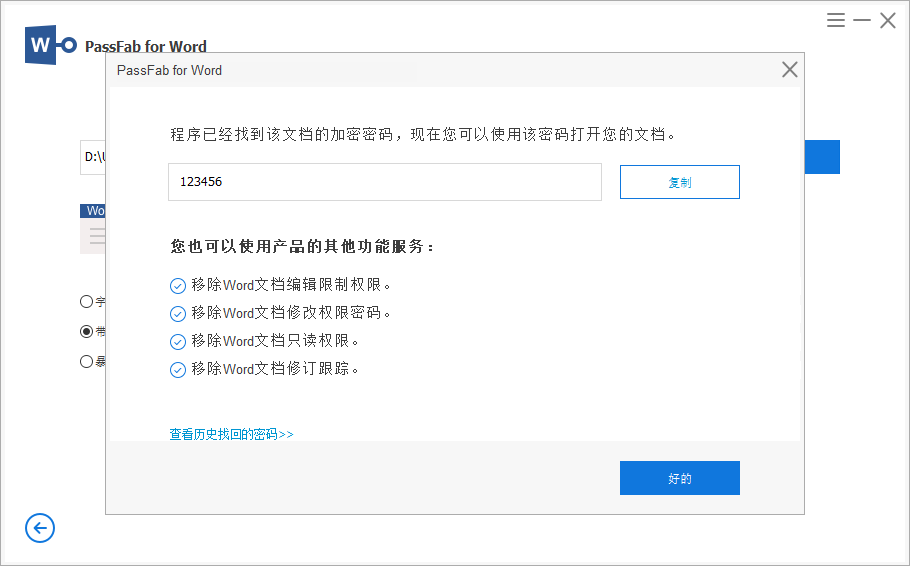本项目所用到的技术有:
OpenCV
Python的一些库:sys,openpyxl,numpy,PyQt5,PIL
本文可以做一些课程设计的项目
本文为作者原创,转载请注明出处,如果需要完整的代码,可以关注我私信

上面是用到的样例图片,一张小青桔
首先对小青桔进行图像的矫正,利用仿射变化找M矩阵
import numpy as np
import cv2
import math
import matplotlib.pyplot as plt
import pandas as pd
def get4points(img: np.ndarray, thed, n):
# 灰度和二值化
gray = cv2.cvtColor(img, cv2.COLOR_BGR2GRAY)
ret, binary = cv2.threshold(gray, thed, 255, cv2.THRESH_BINARY)
# 搜索轮廓
contours, hierarchy = cv2.findContours(
binary,
cv2.RETR_LIST,
cv2.CHAIN_APPROX_SIMPLE)
len_list = []
for i in range(len(contours)):
len_list.append(len(contours[i]))
sy = np.argsort(np.array(len_list))[-n]
# 寻找顶点
sum_list = []
dif_list = []
for i in contours[sy]:
sum = i[0][0]+i[0][1]
sum_list.append(sum)
dif_list.append(i[0][0]-i[0][1])
id_lb = np.argsort(np.array(sum_list))
id_lb2 = np.argsort(np.array(dif_list))
lu_id , rd_id = id_lb[0], id_lb[-1]
ld_id , ru_id = id_lb2[0], id_lb2[-1]
points = np.array([contours[sy][lu_id][0], contours[sy][rd_id][0],
contours[sy][ld_id][0], contours[sy][ru_id][0]])
return points, contours, sy
def order_points(pts):
# 初始化坐标点
rect = np.zeros((4, 2), dtype = "float32")
# 获取左上角和右下角坐标点
s = pts.sum(axis = 1)
rect[0] = pts[np.argmin(s)]
rect[2] = pts[np.argmax(s)]
# 分别计算左上角和右下角的离散差值
diff = np.diff(pts, axis = 1)
rect[1] = pts[np.argmin(diff)]
rect[3] = pts[np.argmax(diff)]
return rect
def four_point_transform(image, pts):
# 获取坐标点,并将它们分离开来
rect = order_points(pts)
(tl, tr, br, bl) = rect
# 计算新图片的宽度值,选取水平差值的最大值
widthA = np.sqrt(((br[0] - bl[0]) ** 2) + ((br[1] - bl[1]) ** 2))
widthB = np.sqrt(((tr[0] - tl[0]) ** 2) + ((tr[1] - tl[1]) ** 2))
maxWidth = max(int(widthA), int(widthB))
# 计算新图片的高度值,选取垂直差值的最大值
heightA = np.sqrt(((tr[0] - br[0]) ** 2) + ((tr[1] - br[1]) ** 2))
heightB = np.sqrt(((tl[0] - bl[0]) ** 2) + ((tl[1] - bl[1]) ** 2))
maxHeight = max(int(heightA), int(heightB))
# 构建新图片的4个坐标点
dst = np.array([
[0, 0],
[maxWidth - 1, 0],
[maxWidth - 1, maxHeight - 1],
[0, maxHeight - 1]], dtype="float32")
# 获取仿射变换矩阵并应用它
M = cv2.getPerspectiveTransform(rect, dst)
# 进行仿射变换
warped = cv2.warpPerspective(image, M, (maxWidth, maxHeight))
# 返回变换后的结果
return warped
def show_cmp_img(original_img, transform_img):
_, axes = plt.subplots(1, 2)
# 显示图像
axes[0].imshow(original_img)
axes[1].imshow(transform_img)
# 设置子标题
axes[0].set_title("original image")
axes[1].set_title("transform image")
plt.show()
# 读取图片
image = cv2.imread('D:/Pythonstudy/deeplearning/picture/8.jpg')
points, _, _ = get4points(image, 127, 1)
# 获取原始的坐标点
pts = np.array(points, dtype="float32")
# 对原始图片进行变换
warped = four_point_transform(image, pts)
show_cmp_img(image, warped)

现在对图片进行形态学处理,利用腐蚀,膨胀得到小青桔
# 灰度图
gray_img = cv2.cvtColor(warped,cv2.COLOR_BGR2GRAY)
# 高斯
gauss_img = cv2.GaussianBlur(gray_img,(7,7),1.4)
# 二值图
ret,thresh1 = cv2.threshold(gauss_img, 0, 255, cv2.THRESH_BINARY + cv2.THRESH_OTSU)
kernel = np.ones((5,5),np.uint8)
# 腐蚀膨胀
erode = cv2.dilate(thresh1,kernel,iterations = 17)
erode = cv2.erode(erode,kernel,iterations = 13)
# 边缘检测
v1 = cv2.Canny(erode,ret/2,ret)

找到所有的轮廓
contours,hierarchy = cv2.findContours(v1, cv2.RETR_EXTERNAL,cv2.CHAIN_APPROX_SIMPLE)

画出所有轮廓的外接矩阵
test_img = warped.copy()
contour_area_dict = {}
rect_area = list()
for i in range(len(contours)):
x,y,w,h = cv2.boundingRect(contours[i])
area = w*h
rect_area.append(area)
cv2.rectangle(test_img,(x,y),(x+w,y+h),(255,0,0),3)
contour_area_dict[i]=area
max_contour_ori = max(contour_area_dict,key = contour_area_dict.get)
print(rect_area)
print(contour_area_dict)
print(max_contour_ori)
plt.imshow(test_img)

利用圆形度+最大面积两种方法结合找到位置
对这一部分进行解释:首先比较轮廓与圆的相似度,认为接近圆的就是小青桔,然后对这个轮廓的面积进行判断,如果其过于小(小于四周正方形的面积)则认为这个轮廓不对,找错了位置,此时利用最大面积求解(所有轮廓的面积最大的就认为是小青桔)
# 容差
circularity_threshold = 0.5
img= warped.copy()
yuan_contour_list = list()
for contour in contours:
# 计算轮廓的面积和周长
area = cv2.contourArea(contour)
print(area)
perimeter = cv2.arcLength(contour, True)
# 计算圆形度,注意这里乘以4*np.pi是为了归一化
circularity = (4 * np.pi * area) / (perimeter ** 2)
# 筛选圆形度接近1的轮廓
if abs(1 - circularity) < circularity_threshold:
print(cv2.contourArea(contour))
yuan_contour_list.append(contour)
print("接近圆形的个数%d"%len(yuan_contour_list))
test_2 = cv2.drawContours(warped.copy(),yuan_contour_list , -1, (0, 255, 0), 4)
plt.imshow(test_2)
max_area = yuan_contour_list[0]
for i in yuan_contour_list:
if(cv2.contourArea(i) > cv2.contourArea(max_area)):
max_area = i
print(cv2.contourArea(max_area))
if(cv2.contourArea(max_area)<117899):
max_area = contours[max_contour_ori]
确定之后画出外接矩形
cv2.drawContours(img, [max_area], -1, (0, 255, 0), 2)
x,y,w,h = cv2.boundingRect(max_area)
img_wj = cv2.rectangle(img,(x,y),(x+w,y+h),(255,0,0),3)
plt.imshow(img_wj)

此时基本的代码已经完成,然后对代码进行设计,设计可视化的窗口






由于篇幅限制,可视化界面的代码没有贴上来,如果有需要的可以关注后找我要,可以直接私信。



















